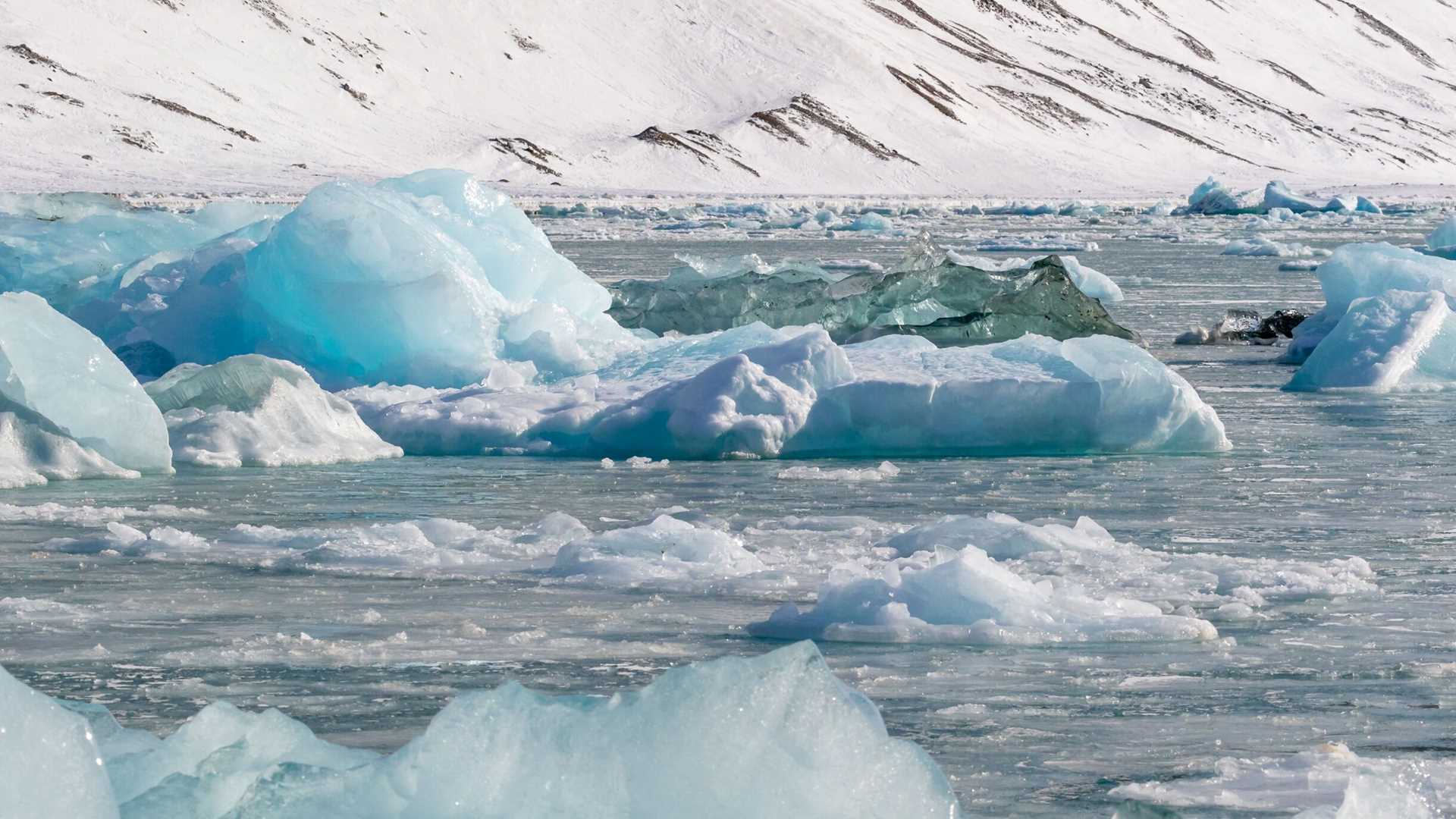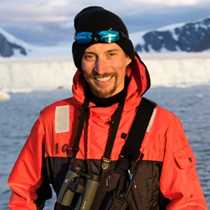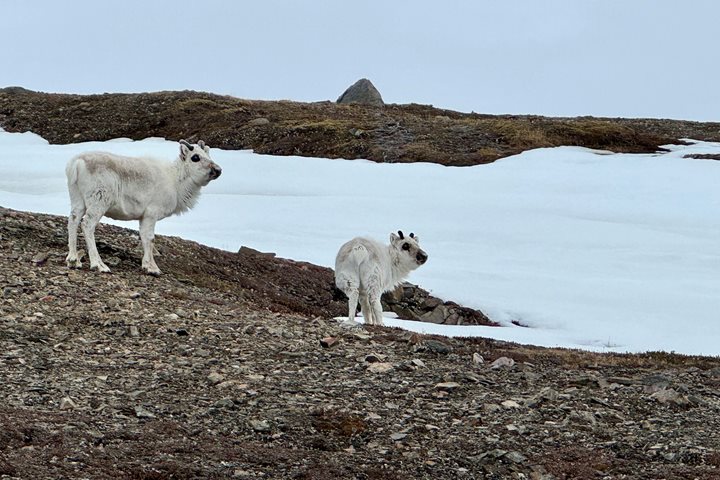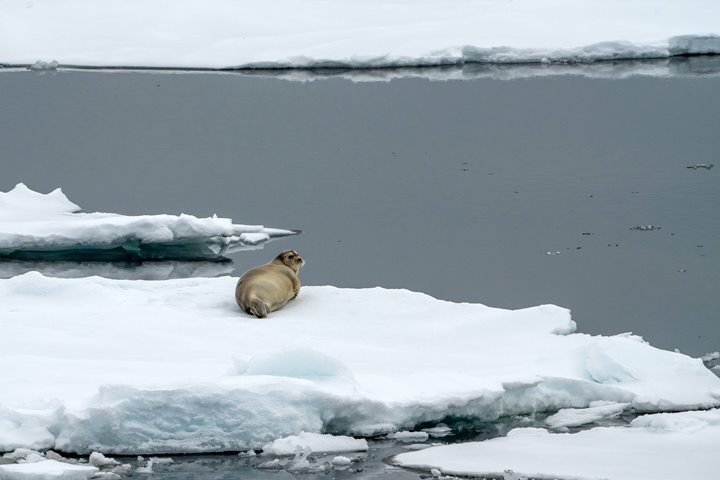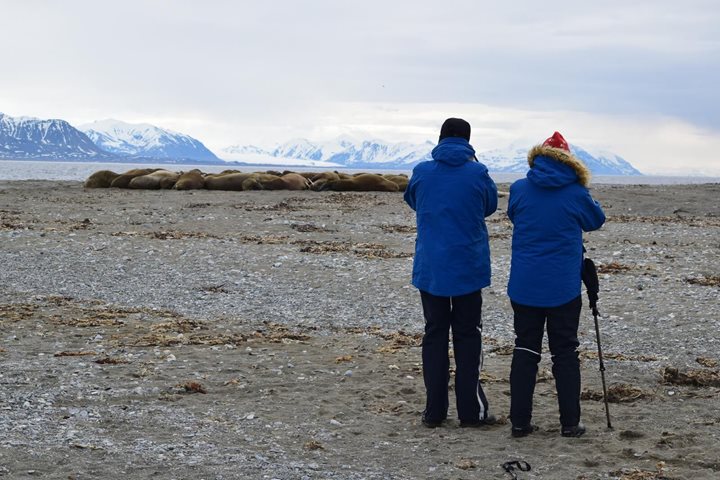Krossfjord is on the west coast of the island of Svalbard, near the area where the last remains of the Gulf Stream give their final warming effects to the local waters. This makes it a productive and slightly less icy body of water. However, the stunning tidewater glaciers that have carved the fjord still supply the area with massive blocks of blue and cerulean icebergs. We began our day at Lilliehook Glacier, at the far northern end of Krossfjord. Stretching 11 km (five miles) wide at the calving face, it was a massively impressive sight to enjoy as we ate breakfast. Afterwards, we navigated south to the Fourteenth of July Glacier, named by the Duke of Monaco after Bastille Day, the national day of France. We explored the bay by Zodiac. Encountering walruses on ice and waterline views of icebergs were definitely highlights. In the afternoon, we turned north and sailed towards the polar pack ice, located to the north of the Svalbard archipelago.
6/15/2025
Read
National Geographic Resolution
Spitsbergen Island, Svalbard
This morning, National Geographic Resolution explored the northeast coast of Spitsbergen Island. On approach to our landing, the ever-watchful spotters on the Bridge found a mother and cub polar bear on fast ice at a comfortable distance from our landing site. On shore, we divided into casual, moderate, and long walkers and set off into the high arctic tundra to explore the barren beauty of this high latitude. The long walkers made it to a high point with an amazing view of the ship and fjord, while the casual and moderate walkers explored the fjord-indented coastline. After lunch, we hopped into Zodiacs for an amazing cruise along the bird cliffs at Alkefjellet. The highlight was the thousands of Brunich’s guillemots nesting on dolerite ledges and covering every available space. Birds, birds everywhere! It was truly a sight to see and hear. We found an arctic fox cruising along the rocky shoreline and incredibly steep terrain, looking for anything (eggs, chicks) falling from the sky. Most of these bird cliffs have a resident fox den beneath them, as the abundance of birds helps sustain them. It was another incredible day at Latitude 79 North!

